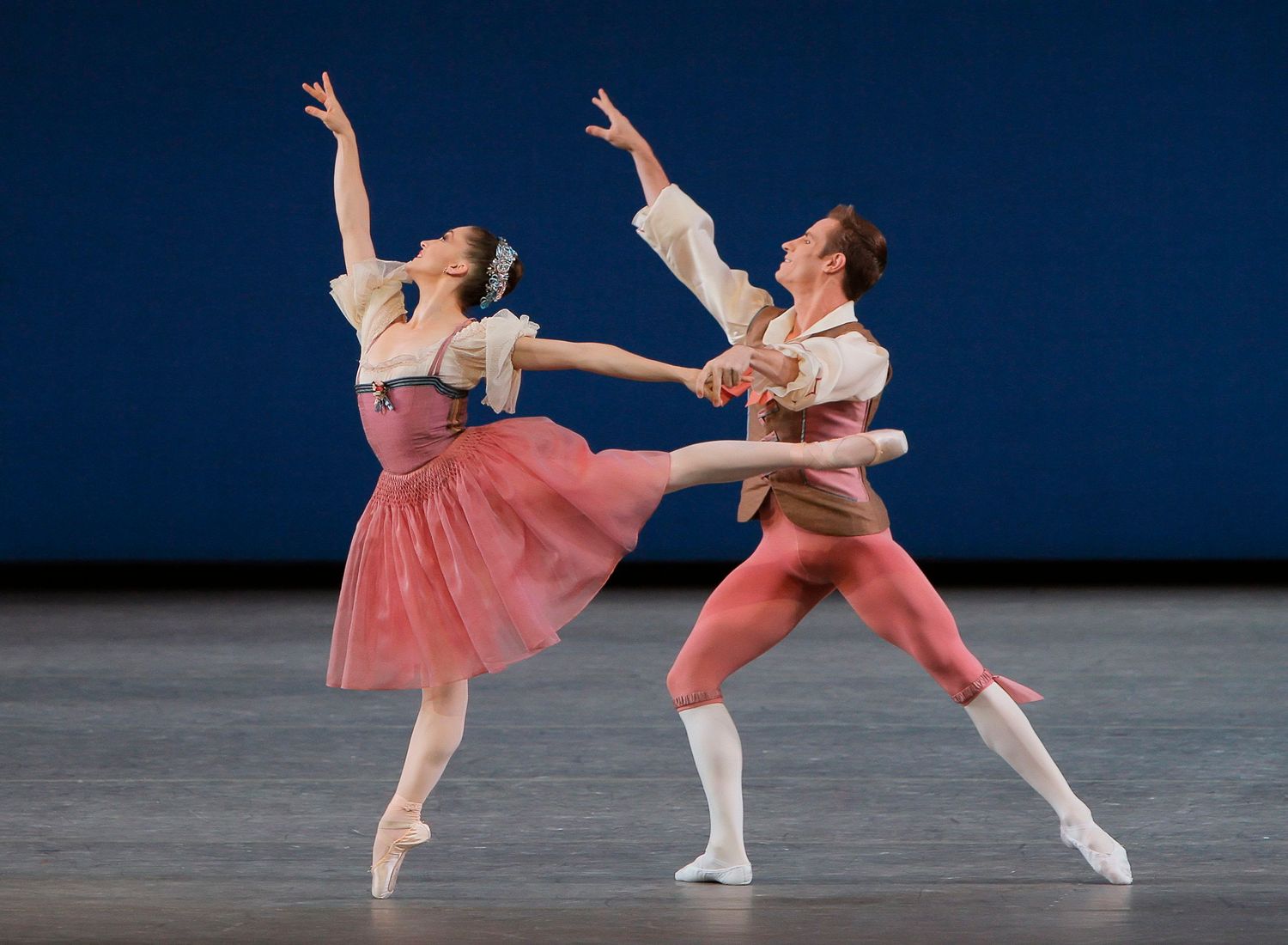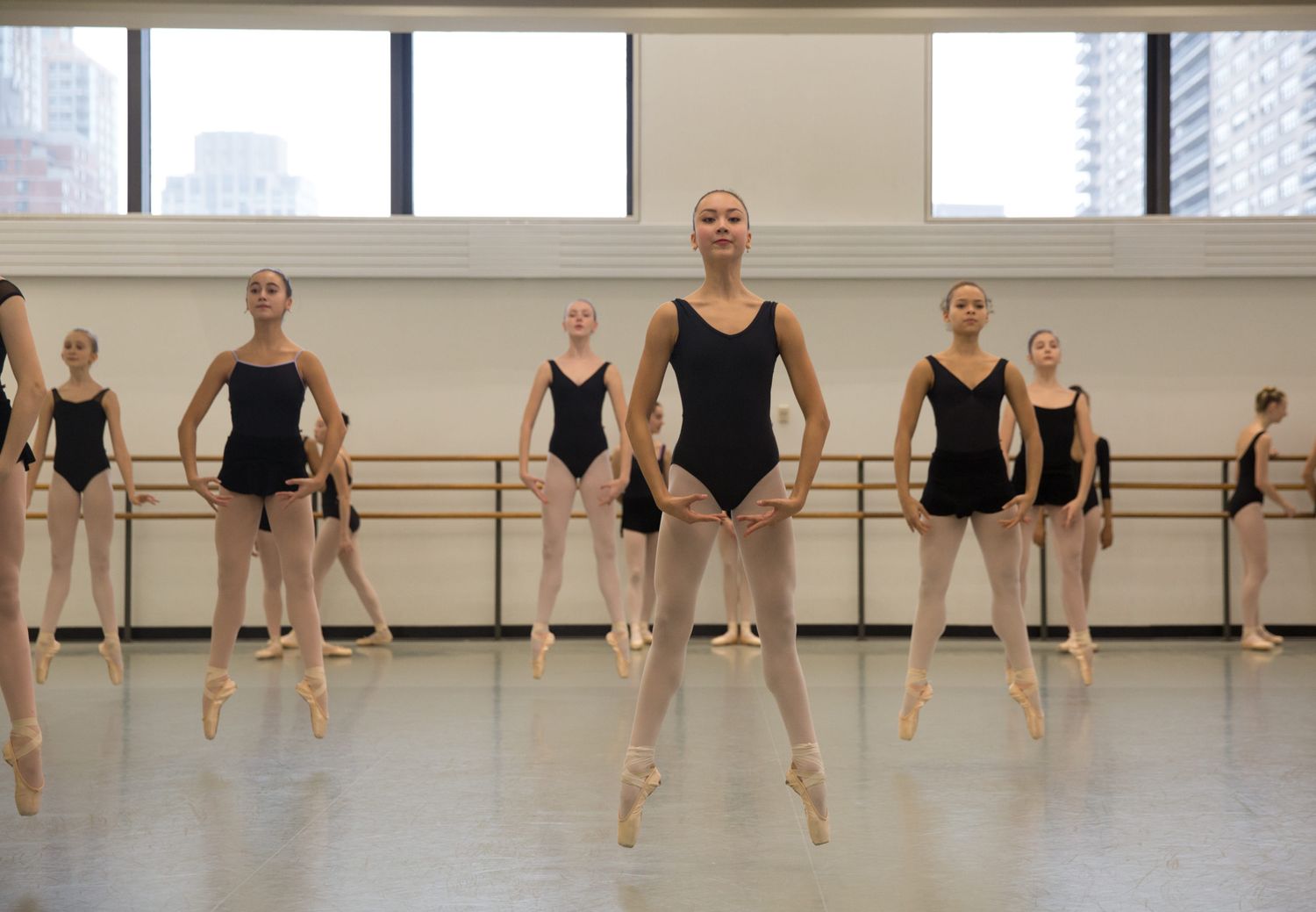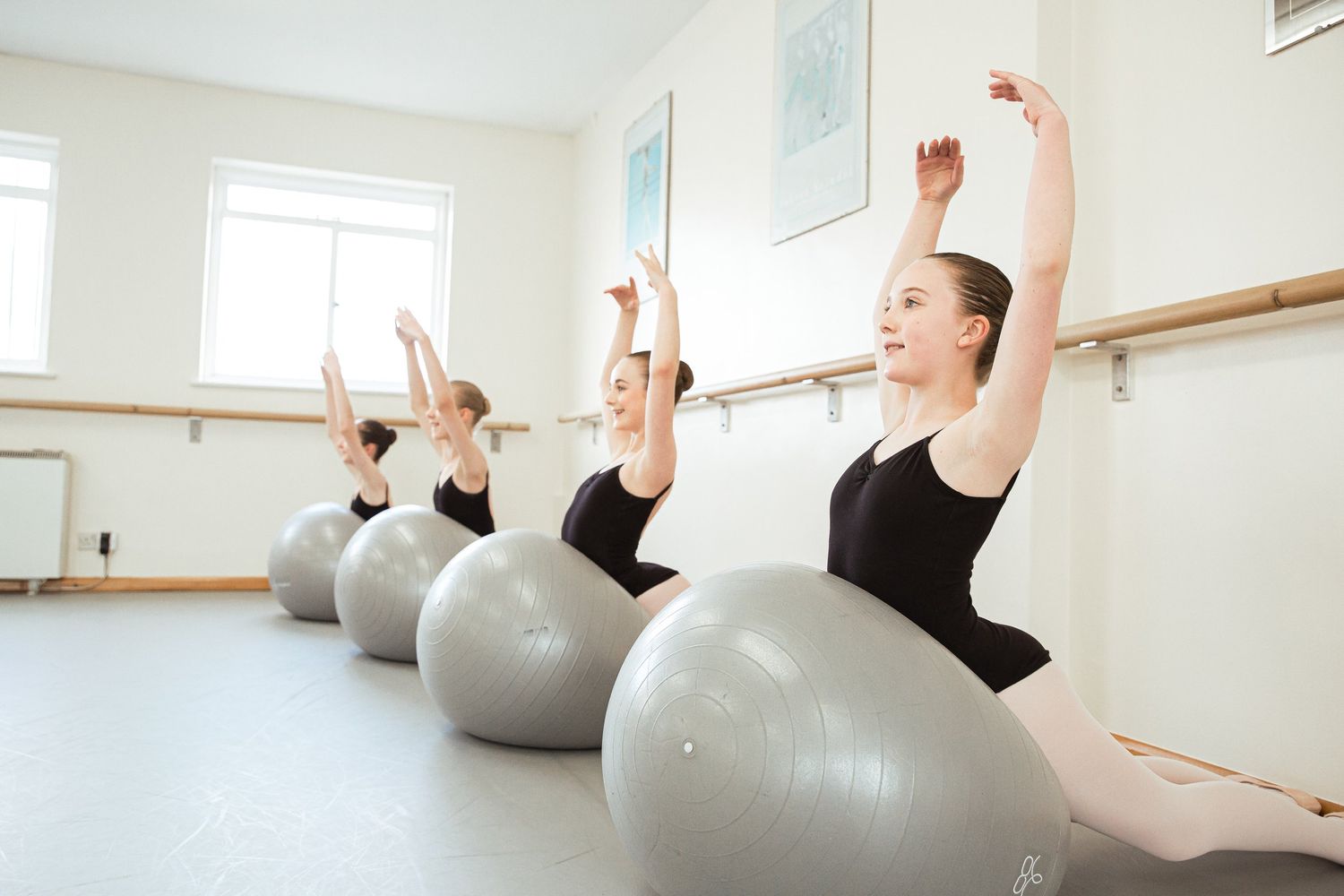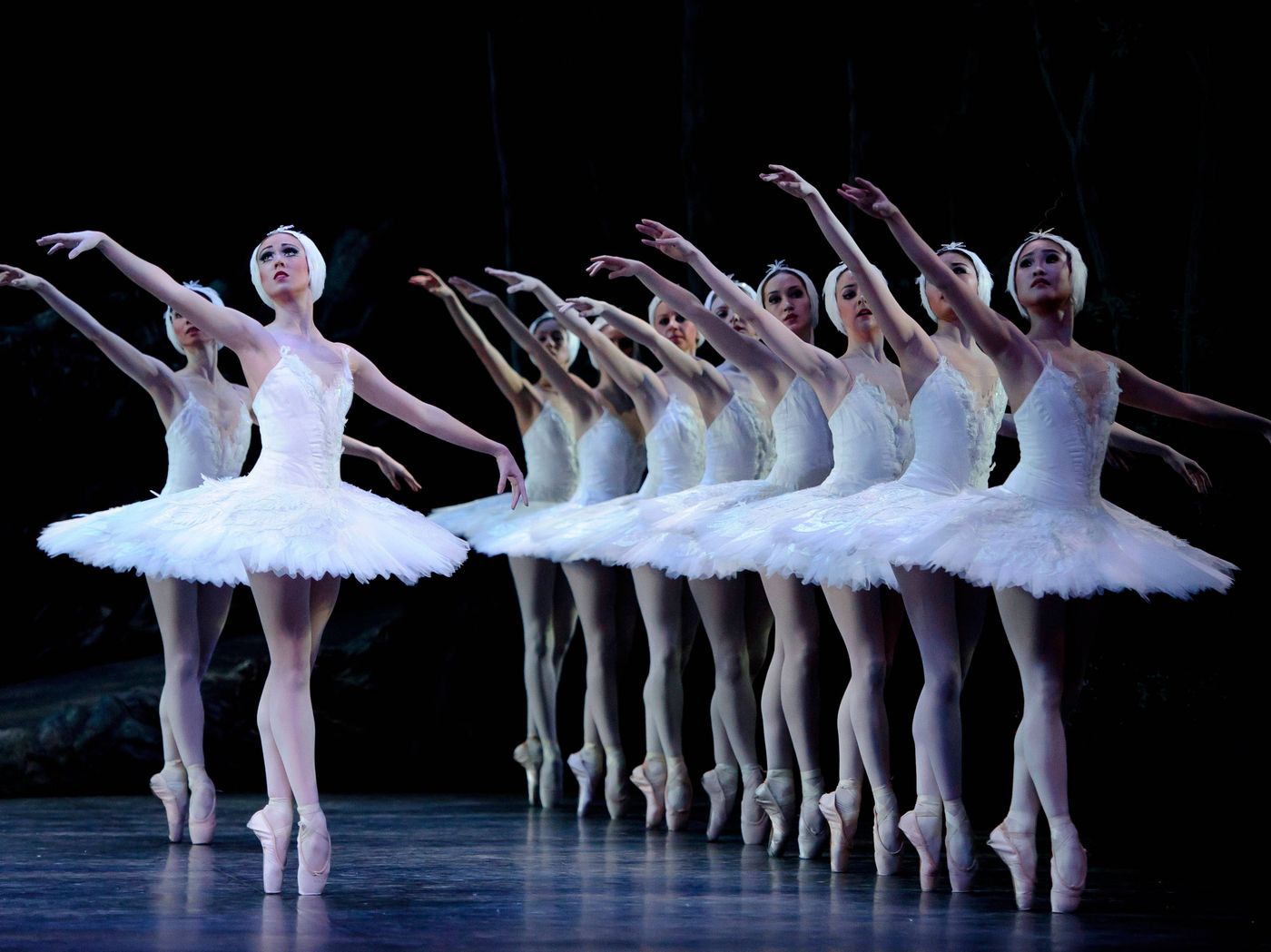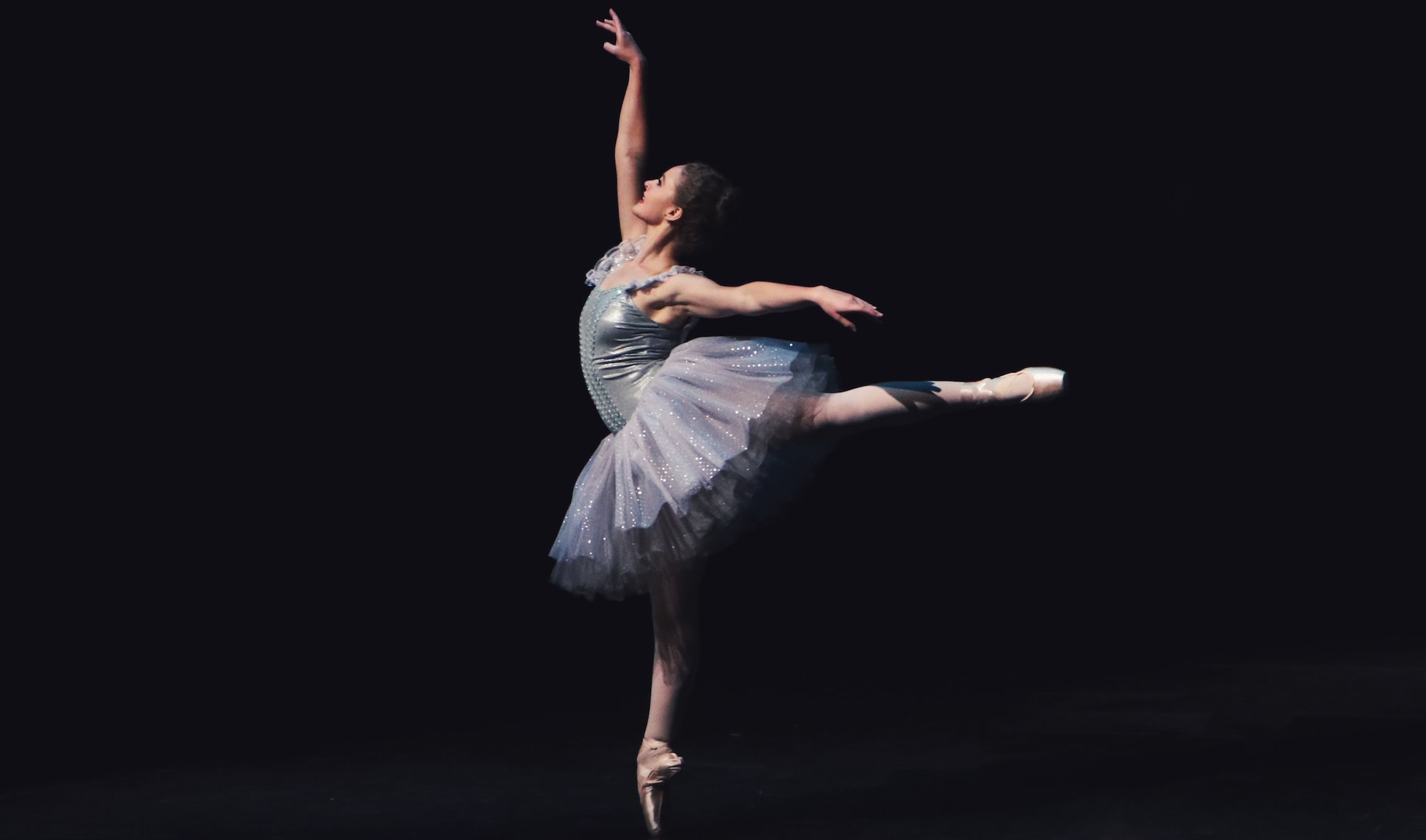Home>Events & Info>Ballet>What Is Port De Bras In Ballet
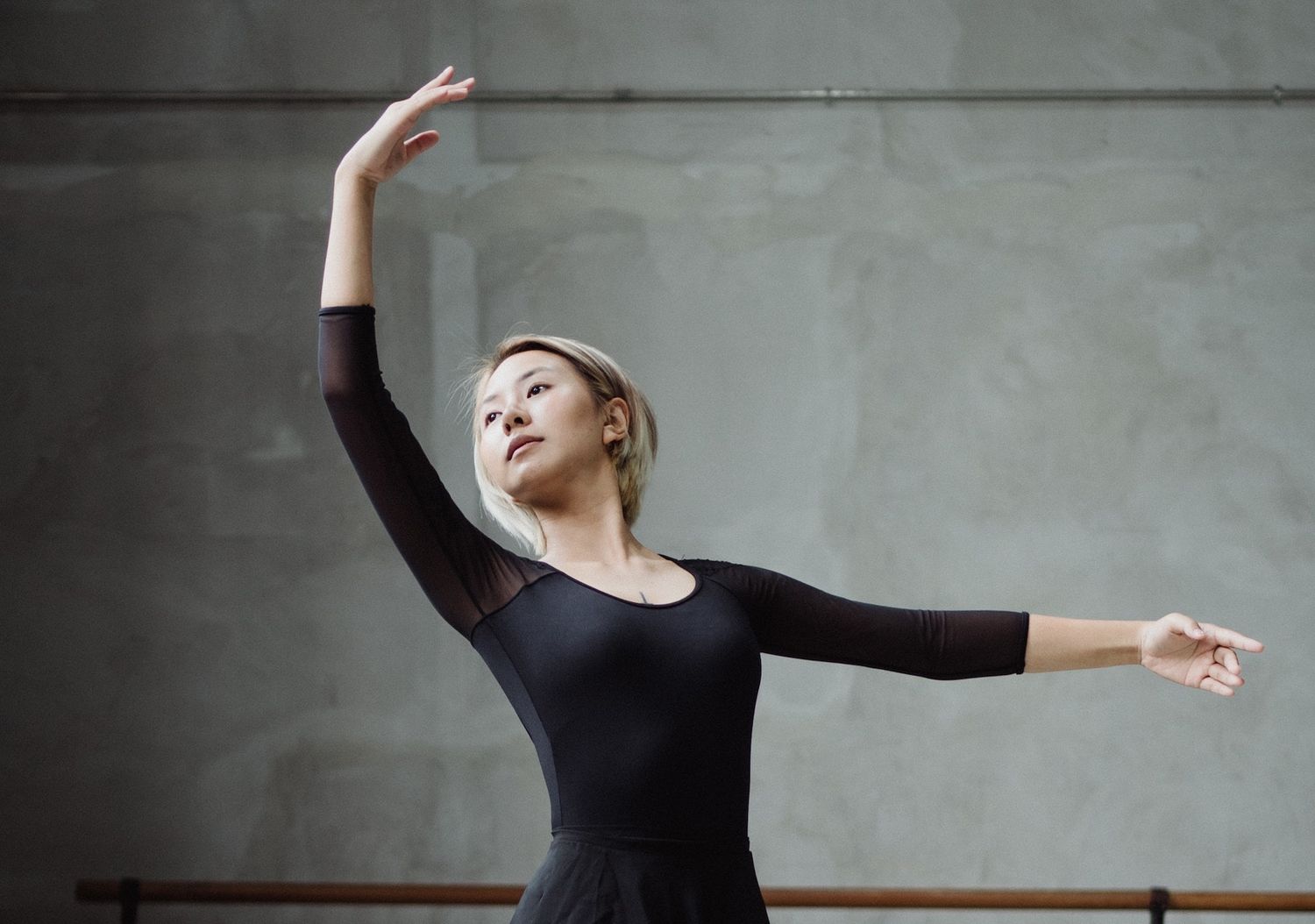

Ballet
What Is Port De Bras In Ballet
Modified: January 22, 2024
Discover the elegance of ballet with our guide to Port De Bras! Unveil the graceful arm movements and fluidity that define this essential ballet technique.
(Many of the links in this article redirect to a specific reviewed product. Your purchase of these products through affiliate links helps to generate commission for AudioLover.com, at no extra cost. Learn more)
Table of Contents
What Is Port De Bras In Ballet
Introduction
When it comes to ballet, one of the fundamental elements that sets it apart is the graceful and expressive movement of the arms. This is where the concept of “Port De Bras” comes in. Translated from French, Port De Bras means “carriage of the arms.” It refers to the intricate and deliberate positioning and movement of the arms in ballet choreography. Port De Bras acts as a framework for the upper body, creating a sense of fluidity, elegance, and storytelling in every movement.
Port De Bras is not just about moving the arms; it is about projecting emotions, enhancing lines, and creating a seamless flow throughout the dancer’s body. It serves as a bridge between the movements of the torso and the legs, allowing for a harmonious and balanced performance on stage.
Mastering Port De Bras is an essential skill for every ballet dancer. It requires precision, control, and a deep understanding of the movements of the arms, shoulders, and back. By practicing and perfecting Port De Bras, dancers can bring a new level of artistry to their performances and captivate audiences with their grace and poise.
In this article, we will explore the definition, importance, techniques, variations, common mistakes to avoid, and the benefits of practicing Port De Bras in ballet. Whether you are a ballet student, a professional dancer, or simply a ballet enthusiast, understanding and mastering Port De Bras will enhance your appreciation and enjoyment of this beautiful art form.
Definition of Port De Bras
Port De Bras is a French ballet term that translates to “carriage of the arms.” It refers to the specific movements and positions of the arms in ballet choreography. The dancer’s arms are not just seen as mere appendages, but as integral components of the entire body. The goal of port de bras is to create a seamless flow of movement from the fingertips to the torso, connecting the upper body with the lower body.
Port De Bras encompasses a wide range of arm movements, including rotations, extensions, and positions. It involves a series of coordinated movements that transition smoothly from one position to another, creating a visually captivating display of the dancer’s artistry and technique.
Port De Bras allows ballet dancers to express emotions, convey a character’s intentions, and add depth and beauty to the overall performance. Each movement of the arms has a purpose, whether it’s to portray joy, sadness, strength, or vulnerability.
Mastering Port De Bras involves not only the correct positioning of the arms, but also the awareness of the entire upper body, including the shoulders, back, and neck. It requires precision, control, and a deep understanding of ballet technique to execute the movements with grace and elegance.
Port De Bras is not limited to just one style of ballet; it is a foundational element that is present across various ballet techniques, including Classical, Romantic, and Contemporary. While the specific arm positions and movements may vary slightly depending on the choreography or style, the underlying principles of fluidity, grace, and expression remain constant.
By mastering Port De Bras, ballet dancers can elevate their performances and bring a captivating sense of artistry to their movements. It is a fundamental aspect of ballet that showcases the beauty and expressiveness of the human body.
Importance of Port De Bras in Ballet
Port De Bras plays a crucial role in ballet, as it is an essential element of the art form that enhances the overall performance and storytelling. Here are some key reasons why Port De Bras is important in ballet:
- Expression and Emotion: Port De Bras allows dancers to express a wide range of emotions and convey the intended mood of a choreography. It adds depth and nuance to the performance, enabling dancers to portray characters and tell stories through their arm movements.
- Elongation and Line: The precise positioning of the arms in Port De Bras helps to create elongation and beautiful lines in the dancer’s body. It adds elegance and grace to the movements and enhances the overall visual aesthetic of the performance.
- Fluidity and Connectivity: Port De Bras acts as a connector between the upper body and the lower body movements. It ensures that the entire body moves in harmony and creates a seamless flow of movement. This fluidity and connectivity are essential for maintaining the overall grace and polish of the choreography.
- Balance and Stability: Port De Bras helps dancers to maintain balance and stability while executing various steps and turns. The deliberate arm movements act as a counterbalance, allowing dancers to maintain control and control their center of gravity.
- Artistic Expression: Port De Bras is an integral part of the artistic expression in ballet. It allows dancers to add their personal touch, creativity, and unique style to their performances. Mastering Port De Bras opens up the potential for self-expression and artistic interpretation within the boundaries of classical technique.
A strong and well-executed Port De Bras enhances the overall quality of a ballet performance. It adds sophistication, elegance, and professionalism to the dancer’s movements, making them stand out on stage. It also demonstrates the level of technical proficiency and artistry that can elevate a dancer’s career in the world of ballet.
Furthermore, Port De Bras serves as a foundation for more advanced movements and sequences in ballet. It provides a solid base for developing intricate arm patterns, lifts, and partnering work. Dancers who master Port De Bras have a solid understanding of the movement principles necessary for tackling more complex choreography.
Overall, Port De Bras is an indispensable aspect of ballet technique. It not only enhances the beauty and grace of the performance but also allows dancers to fully portray the emotions and intentions of the choreography. By practicing and perfecting Port De Bras, dancers can elevate their skills and captivate audiences with their artistic interpretation and technical prowess.
Five Basic Positions of Port De Bras
In Port De Bras, there are five fundamental positions of the arms that serve as the building blocks for more complex arm movements and sequences. These positions establish the foundation for proper alignment, elegance, and expression in ballet. Let’s explore each of the five basic positions:
- First position: In this position, the arms are rounded and oval-shaped, forming a gentle curve in front of the body. The fingertips lightly touch each other, creating a soft and graceful frame. The elbows are relaxed and slightly lifted, with the wrists aligned with the base of the ribcage. First position is often used as a starting and ending position in ballet exercises and sequences.
- Second position: In second position, the arms are extended to the sides, forming a graceful arc while maintaining a slight curve. The fingertips are energized and separated, with the palms facing down. The elbows are slightly bent and rounded, maintaining an open and expansive quality. Second position creates a sense of expansiveness, width, and stability.
- Third position: Third position is a combination of first and second position. The working arm is rounded in front of the body, similar to first position, while the other arm is extended to the side, resembling second position. The fingertips of the working arm lightly touch the shoulder of the opposite arm. Third position creates a sense of asymmetry and dynamics in the upper body.
- Fourth position: In fourth position, one arm is rounded in front of the body, as in first position, while the other arm is extended to the side, resembling second position. The rounded arm can either be at shoulder height or slightly lower. The arms are balanced and evenly distributed, creating a harmonious and balanced look.
- Fifth position: Fifth position is the most closed and aesthetically pleasing position in Port De Bras. The arms are rounded in front of the body, with the fingertips of one hand resting in the palm of the other hand. The rounded arms create a beautiful frame, while the wrists are aligned with the base of the ribcage. Fifth position exudes elegance, refinement, and control.
These five basic positions of Port De Bras are the foundation for balance, harmony, and expression in ballet. Proper execution of these positions requires attention to detail, focus on alignment, and a sense of spatial awareness. By mastering the basic positions, dancers develop a strong technical foundation, which allows them to execute more complex and intricate arm movements with precision and control.
It’s important to note that these positions are not static; they can be modified and adapted depending on the specific choreography, style, and artistic interpretation. Understanding the basic positions of Port De Bras provides a framework for artistic expression and allows dancers to explore the full potential of their arm movements in ballet.
Techniques and Variations of Port De Bras
Port De Bras is a versatile element of ballet that offers room for creativity, expression, and variation. While the five basic positions serve as the foundation, dancers can explore different techniques and variations to add depth and complexity to their arm movements. Here are some common techniques and variations of Port De Bras:
- Direction and Line: Dancers can explore different directions and lines with their arms in Port De Bras. This can include movements that flow forward, backward, upward, or downward, creating dynamic and visually captivating shapes. The direction and line of the arms can enhance the overall choreography and convey specific emotions or storytelling.
- Epaulement: Epaulement refers to the positioning of the shoulders and head in relation to the rest of the body. It adds dimension and expressiveness to Port De Bras by incorporating a slight twist or tilt of the torso. Epaulement can create a sense of asymmetry and elegance, adding sophistication and nuance to the arm movements.
- Transitions: Smooth and seamless transitions between the various positions of Port De Bras are essential for creating a harmonious and fluid movement. Dancers can experiment with different ways to transition between positions, such as using circular movements, spirals, or connecting movements that flow naturally from one position to another. These transitions add grace and continuity to the arm movements.
- Contrast and Weight: Dancers can create contrast and play with the feeling of lightness and heaviness in Port De Bras. This can be achieved by varying the intensity and strength of the arm movements, using smooth and flowing gestures contrasted with sharp and energetic movements. Playing with the weight and dynamics of the arms adds texture and interest to the overall performance.
- Character and Style: Different ballet styles and characters may require specific interpretations and variations of Port De Bras. For example, in classical ballet, the arm movements may be more precise and refined, while in contemporary ballet, the movements may be more free-flowing and expansive. Adapting Port De Bras to different styles and characters allows dancers to fully embody the essence and intention of the choreography.
Techniques and variations of Port De Bras give dancers the opportunity to showcase their individuality, artistry, and interpretation within the framework of ballet technique. By experimenting with different techniques and exploring the possibilities of Port De Bras, dancers can bring a unique and personal touch to their performances.
It is crucial to approach these techniques and variations with proper training and guidance from a ballet instructor. Working closely with a knowledgeable teacher ensures the correct execution of movements and helps dancers develop a strong technical foundation, enabling them to explore the artistry and versatility of Port De Bras in a safe and effective manner.
Ultimately, the techniques and variations of Port De Bras allow dancers to bring depth, expression, and creativity to their arm movements, enhancing the overall aesthetic and impact of their ballet performances.
Common Mistakes to Avoid in Port De Bras
While mastering Port De Bras in ballet requires practice and refinement, it is important to be aware of common mistakes that dancers may make. By addressing these mistakes, dancers can improve their technique and ensure a more polished and effective execution of Port De Bras. Here are some common mistakes to avoid:
- Tension and Rigidity: One common mistake is holding tension in the arms, shoulders, and neck. This can result in stiff and rigid arm movements, detracting from the fluidity and grace of Port De Bras. Dancers should strive for relaxed but engaged arms, focusing on maintaining a sense of ease and flow throughout the movements.
- Poor Body Alignment: Another mistake is neglecting proper body alignment while executing Port De Bras. Misalignment of the shoulders, back, and head can affect the flow and aesthetic of the arm movements. Dancers should ensure that the spine is lengthened, the shoulders are down and back, and the head is aligned with the rest of the body to maintain a strong and poised posture.
- Inconsistent Hand Placement: In Port De Bras, the placement of the hands is essential for achieving the desired aesthetic. Common mistakes include having uneven hand heights, fingers that are too splayed or clenched, or inconsistent hand shapes. Dancers should pay attention to aligning the hands and fingers with precision and maintaining a consistent shape throughout the movements.
- Uncontrolled Movements: Lack of control over the arm movements can lead to sloppy and imprecise executions of Port De Bras. Dancers should focus on maintaining control and a sense of intention in their movements, avoiding wild swings or jerky motions. Smooth and controlled movements enhance the elegance and artistry of Port De Bras.
- Neglecting Facial Expression: Port De Bras is not just about the arms; it is a holistic expression of the dancer’s artistry. Neglecting facial expression can make the performance appear disconnected and less engaging. Dancers should pay attention to their facial expressions, ensuring that they reflect the intended emotions and appropriately complement the movements of Port De Bras.
To avoid these common mistakes, it is essential for dancers to receive regular feedback and guidance from a ballet instructor. Working with a knowledgeable teacher can provide corrections, guidance, and exercises to help dancers overcome these challenges and improve their execution of Port De Bras.
Consistent practice, attention to detail, and a focus on technique will enable dancers to refine their Port De Bras and achieve a higher level of artistry and expression. By avoiding these common mistakes, dancers can showcase the beauty and precision of Port De Bras, enhancing their performances and captivating audiences with their grace and technique.
Benefits of Practicing Port De Bras in Ballet
Practicing Port De Bras in ballet offers numerous benefits for dancers, both technically and artistically. Here are some key benefits of including Port De Bras in your ballet practice:
- Improved Arm Strength and Control: Port De Bras requires the engagement of the arm muscles, leading to increased strength and control in the upper body. Regular practice of Port De Bras helps dancers develop the necessary strength to execute arm movements with precision and fluidity.
- Enhanced Body Awareness and Coordination: Port De Bras requires dancers to have a heightened sense of body awareness and coordination. By focusing on the position and movement of the arms, dancers develop a greater understanding of their own body and how it moves in space. This heightened body awareness translates to improved overall technique and coordination in their ballet training.
- Improved Posture and Alignment: Port De Bras encourages dancers to maintain proper posture and alignment throughout their upper body. By developing a strong and balanced posture, dancers improve their overall stability, balance, and aesthetic appeal in their performances.
- Expression and Artistic Interpretation: Port De Bras is a powerful tool for expressing emotions and conveying the artistic intention of the choreography. Practicing Port De Bras allows dancers to explore different nuances and variations in their arm movements, adding depth and artistry to their performances.
- Enhanced Musicality and Timing: Port De Bras encourages dancers to connect their movements with the music. By practicing Port De Bras, dancers develop a sense of musicality, timing, and rhythm, which allows them to better synchronize their arm movements with the accompanying music or score.
- Improved Overall Performance: Mastering Port De Bras adds polish, elegance, and professionalism to a dancer’s performance. The fluidity and grace of well-executed arm movements enhance the overall aesthetic quality of a ballet performance, leaving a lasting impression on the audience.
- Transferable Skill: The techniques and principles learned in Port De Bras can be applied to other aspects of ballet and even other dance styles. The coordination, control, and expressiveness developed through Port De Bras contribute to a dancer’s overall versatility and adaptability.
Practicing Port De Bras not only improves the technical execution of arm movements but also enhances the overall artistry and expressiveness of a dancer. It allows dancers to embody the essence of the choreography, connecting with the audience on a deeper level.
It is important to approach Port De Bras with commitment, patience, and dedication. Regular practice and guidance from a ballet instructor are crucial in refining and perfecting this fundamental aspect of ballet technique. By incorporating Port De Bras into your ballet practice, you can reap the many benefits it offers and elevate your dancing to new heights.
Conclusion
Port De Bras in ballet is far more than just the movement of the arms; it is a vital component that enhances the beauty, expression, and storytelling of the dance. The deliberate positioning and movement of the arms in Port De Bras create a sense of fluidity, elegance, and emotion, connecting the upper body with the lower body in a seamless flow of movement.
Understanding the definition, importance, techniques, and variations of Port De Bras is essential for every ballet dancer. Mastering Port De Bras requires precision, control, and a deep understanding of the movements of the arms, shoulders, and back. Through consistent practice, dancers can bring a new level of artistry to their performances, captivating audiences with their grace and poise.
The five basic positions of Port De Bras provide a foundation for proper alignment, elegance, and expression in ballet. By executing these positions with precision and exploring various techniques and variations, dancers can add depth, creativity, and dynamics to their arm movements.
Awareness of common mistakes to avoid in Port De Bras helps dancers refine their technique and maintain the integrity of their arm movements. Focusing on relaxation, alignment, and controlled movements ensures a polished and effective execution of Port De Bras.
Benefits of practicing Port De Bras include improved arm strength and control, enhanced body awareness and coordination, improved posture and alignment, expression and artistic interpretation, enhanced musicality and timing, and an overall improved performance. These benefits contribute to the development of a well-rounded ballet dancer with technical proficiency and a captivating stage presence.
In conclusion, Port De Bras is a fundamental and exquisite element of ballet. It allows dancers to convey emotions, create beautiful lines, and elevate their performances. By embracing Port De Bras with dedication and discipline, dancers can bring their artistry to new heights, delighting audiences with their expressive and enchanting arm movements.





